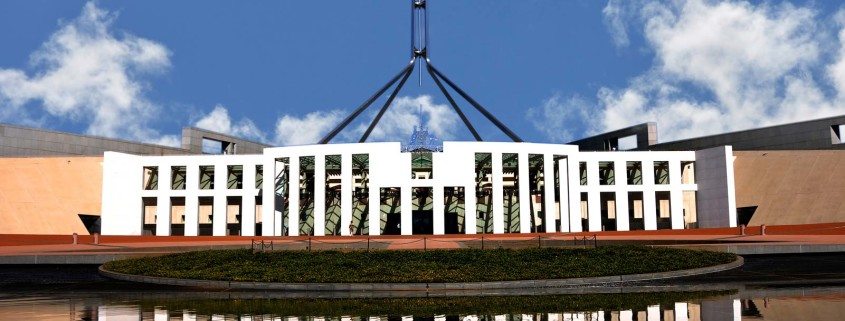2016 Federal Budget Analysis
The Federal Budget is hardly the most riveting document you are ever likely to read, but, nevertheless, it is very important you understand how it may affect you. This is why we’ve put together a summary of the planned key changes below – enjoy the read.
The most important consideration you can have right now is to ensure you don’t overreact to measures that are still only proposals. The best thing you can do is seek advice with your financial planner – if you don’t have one we would love to recommend you our preferred financial planning team.
Taxation proposals
The income tax threshold at which the 37% tax applies will increase to $87,001 pa, from the current $80,001 pa, due to take effect on 1 July 2016. Those currently receiving above $80,000 pa will receive a tax saving of up to $315 pa.
| Current tax thresholds 2015/16 | Tax rate | New tax thresholds 2016/17 | Tax rate |
| $0- $18,200 | 0% | $0 – $18,200 | 0% |
| $18,201 – $37,000 | 19% | $18,201 – $37,000 | 19% |
| $37,001 – $80,000 | 32.5% | $37,001 – $87,000 | 32.5% |
| $80,001 – $180,000 | 37% | $87,001 – $180,000 | 37% |
| $180,000 + | 45% | $180,000 + | 45% |
The above tax rates do not include the Medicare Levy and Temporary Budget Repair Levy.
Temporary Budget Repair Levy
This levy, which is 2% of taxable income in excess of $180,000 will expire on 30 June 2017, as legislated.
Company Tax Rate
The company tax rate will reduce to 25% over 10 years. From 2016/17 income year, the tax rate for businesses with an annual aggregated turnover of less than $10 million will be 27.5%. The threshold will then be progressively increased such that all companies are taxed at 27.5% in the 2023/24 income year.
In the 2024/25 income year the company tax rate will be reduced to 27%. Each income year, it will be reduced by a further 1% until it reaches 25% in 2026/27 income year.
Medicare Levy Surcharge and Private Health Insurance Rebate Thresholds
The indexation of the income thresholds for the Medicare Levy Surcharge and Private Health Insurance Rebate will continue to be paused for a further three years from 1 July 2018.
Negative gearing
No changes will be made to negative gearing
Age pension
No changes were announced that effect age pension eligibility or payment rates. Some important changes to the ag pension assets test have, however, already been legislated that take effect on 1 January 2017. These changes could impact benefits.
Superannuation
Changes effective 1 July 2017
Cap on concessional contributions
The annual cap on concessional super contributions will reduce to $25,000, regardless of age, starting in the 2017/18 income year. This change will reduce the amount of concessional contributions that can be made each year without a tax penalty.
Concessional contributions include:
- salary sacrifice
- superannuation guarantee
- personal contributions claimed as a tax deduction, and
- certain other amounts.
Currently the cap on concessional contributions depends on age – $30,000 pa for those aged 48 or under and $35,000 pa for those aged 49 or over.
Tax on concessional contributions
An additional 15% tax on concessional contributions will be payable by those earning more than $250,000 pa instead of currently those earning more than $300,000 p.a.
| Annual income | In 2015/16 and 2016/17 | From 2017/18 |
| < $250,000 | 15% | 15% |
| $250,000 – $300,000 | 15% | 30% |
| $300,000 + | 30% | 30% |
Other superannuation proposals
- $1.6 million superannuation ‘transfer balance cap’, limiting the amount that can be transferred to retirement phase. People with existing pensions over $1.6 million will need to reduce the balance below this limit by 1 July 2017 to avoid penalties.
- Limiting of the non-concessional (or after-tax) contributions through a lifetime cap for non-concessional contributions of $500,000, effective immediately. These measures will replace the current non-concessional cap of $180,000 pa, or $540,000 over a three-year period.
- Super balances supporting a ‘Transition to retirement’ income stream will now be subject to a 15% earnings tax (previously 0%). A transition to retirement pension is a pension that is started with superannuation money when you have reached your preservation age, which is between 55 and 60 depending on date of birth.



Leave a Reply
Want to join the discussion?Feel free to contribute!